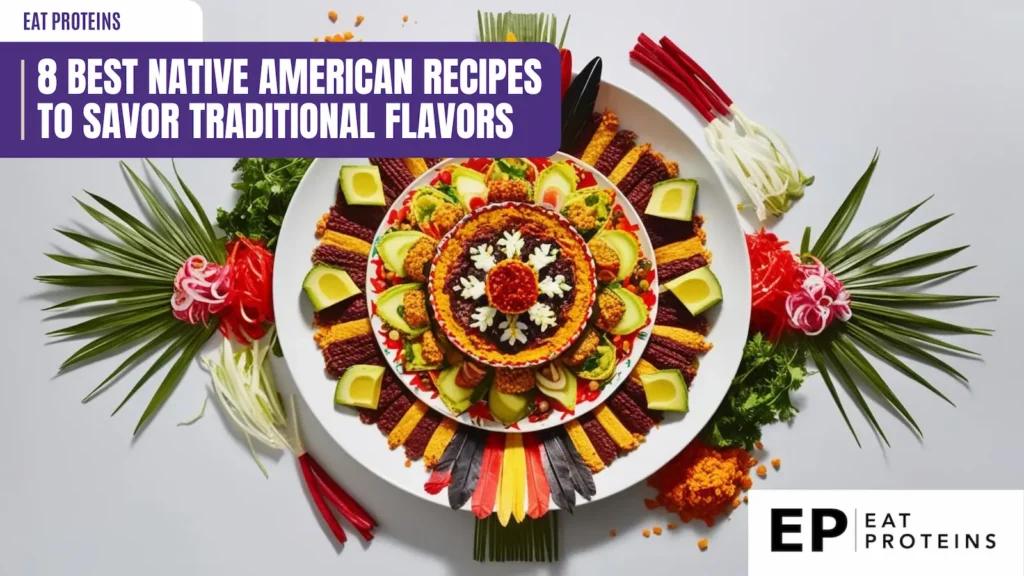
Native American cuisine offers a rich variety of flavors and traditions that have been passed down through generations. Each recipe reflects a deep connection to the land and the ingredients that are native to the regions. Exploring the 8 best Native American recipes allows me to appreciate this unique culinary heritage while bringing these delicious dishes to my own table.
As I dive into the world of Native American cooking, I find that it is not only about the ingredients used but also about the stories and cultural significance behind each dish. These recipes often blend traditional techniques with contemporary tastes, making them accessible and enjoyable for everyone. This journey into indigenous flavors helps me connect with the history and traditions of Native American cultures in a meaningful way.
1. Three Sisters Stew
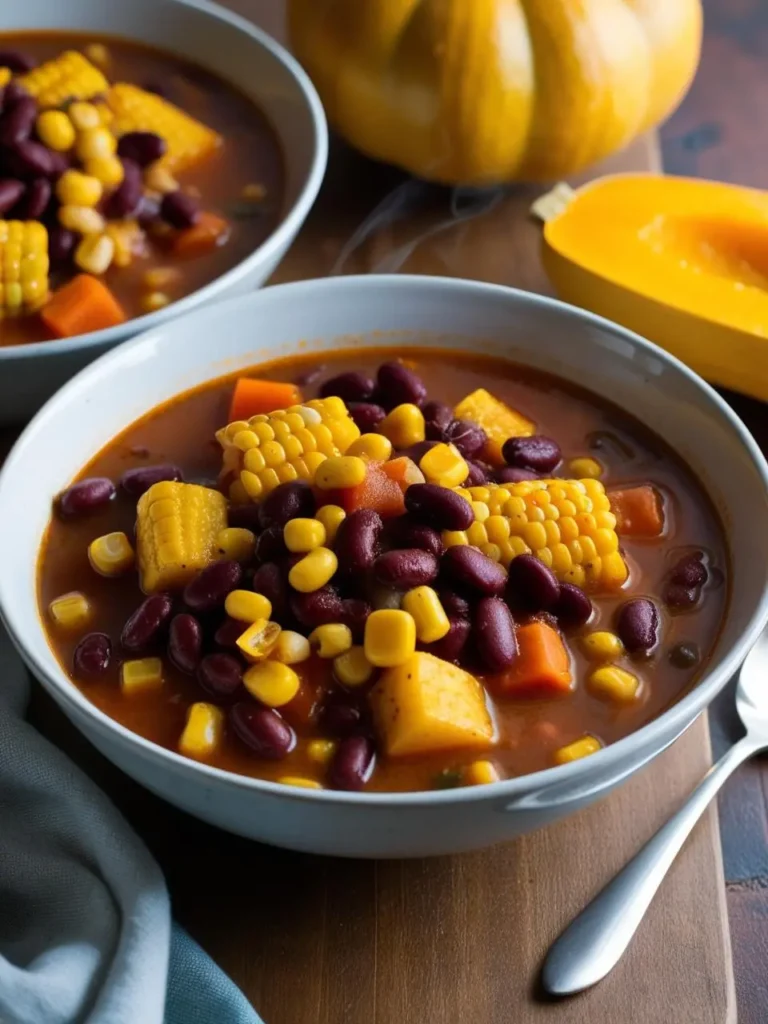
Three Sisters Stew is a traditional Native American dish that highlights the harmony of corn, beans, and squash. These three crops were crucial to many Indigenous cultures and are often grown together in what is known as the “Three Sisters” planting method.
I find it quite easy to prepare this stew. The fresh ingredients and simple steps make it perfect for home cooking. Here’s how I make it:
- Gather 2 cups of corn, 2 cups of beans (any type), and 2 cups of diced squash.
- In a large pot, heat 2 tablespoons of oil over medium heat.
- Add 1 chopped onion and 2 cloves of garlic, cooking until soft.
- Stir in the corn, beans, and squash.
- Pour in 4 cups of vegetable broth and season with salt, pepper, and herbs to taste.
- Bring to a boil, then reduce the heat and simmer for 20-30 minutes.
This stew is not only comforting but also packed with nutrients, making it a satisfying meal that respects Indigenous culinary traditions.
2. Frybread Tacos
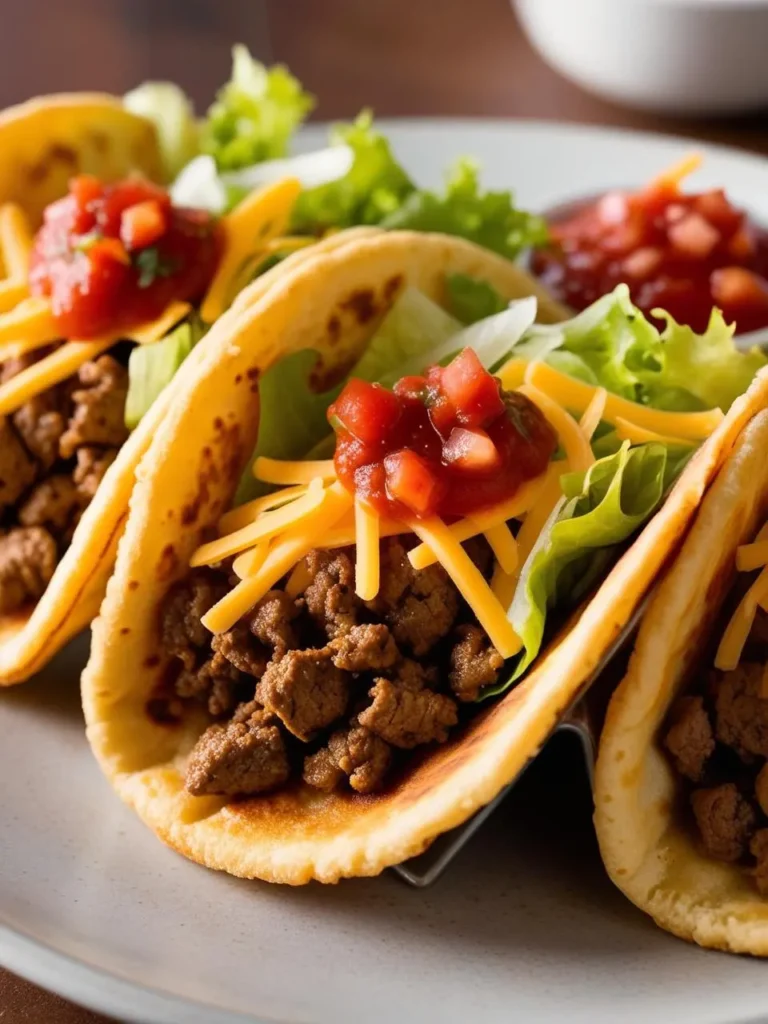
Frybread tacos are a delicious and easy dish that combines traditional frybread with flavorful fillings. Frybread is a deep-fried flatbread with a crispy outside and a soft inside. This dish is quick to prepare and can be enjoyed by anyone.
To make frybread tacos, I start by making the frybread. It takes about 2 cups of flour, 1 teaspoon of baking powder, ½ teaspoon of salt, and enough water to form a dough. After mixing these ingredients, I knead the dough gently and let it rest for about 10 minutes.
Next, I heat oil in a deep pan for frying. I divide the dough into small balls and flatten each one into a circle about ¼ inch thick. I fry the circles one at a time for 2–3 minutes on each side or until they are golden brown.
After frying, I remove the frybread and drain it on paper towels. For the filling, I use ground beef or turkey cooked with spices. I add lettuce, cheese, and salsa on top of the frybread and fold it like a taco. It’s a simple, satisfying meal that’s full of flavor.
3. Venison Stew
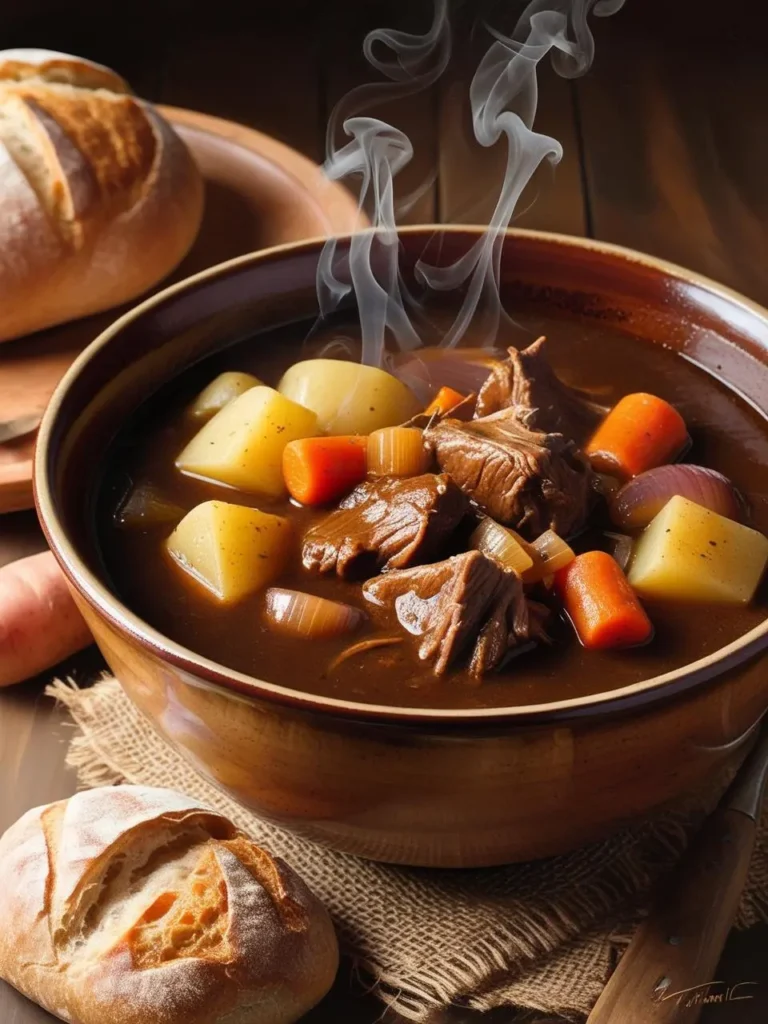
Venison stew is a traditional dish made from deer meat. It is known for its hearty flavor and rich nutrients. Venison is leaner than beef and has a distinct taste that many find enjoyable.
I find this stew easy to make, perfect for warming up on chilly days. To prepare venison stew, I gather the following ingredients: venison meat, potatoes, carrots, onions, broth, and seasonings.
Here are the basic steps I follow:
- Cut 1 pound of venison into small pieces.
- In a pot, brown the venison over medium heat.
- Chop 2 potatoes, 2 carrots, and 1 onion, adding them to the pot.
- Pour in 4 cups of broth and add salt and pepper to taste.
- Bring to a boil, then reduce heat and simmer for about 1.5 to 2 hours.
The longer it simmers, the more the flavors blend together. I enjoy serving it hot, often with bread on the side. Venison stew not only fills you up but also offers a taste of Native American culinary traditions.
4. Acorn Squash Soup

Acorn squash soup is a delicious and nutritious dish that showcases the flavor of this hearty squash. It has a subtly sweet taste and a smooth texture when pureed. I find it easy to prepare and perfect for a cozy meal.
To make acorn squash soup, follow these simple steps:
- Prepare the squash: Cut one acorn squash in half and remove the seeds. Place the halves face down on a baking sheet. Bake in a preheated oven at 400°F for 30-40 minutes until tender.
- Cook the vegetables: In a pot, sauté one chopped onion and two cloves of garlic in olive oil until soft.
- Combine ingredients: Scoop out the baked squash and add it to the pot. Pour in four cups of vegetable broth and stir in one teaspoon of salt and pepper to taste.
- Blend: Use an immersion blender to puree the soup until smooth. If you don’t have one, transfer the mixture in batches to a regular blender.
- Add flavor: Stir in one tablespoon of maple syrup and optional spices like cinnamon or nutmeg for extra warmth.
Serve hot and enjoy a comforting bowl of acorn squash soup. It’s a perfect way to embrace the flavors of Native American cuisine.
5. Smoked Salmon
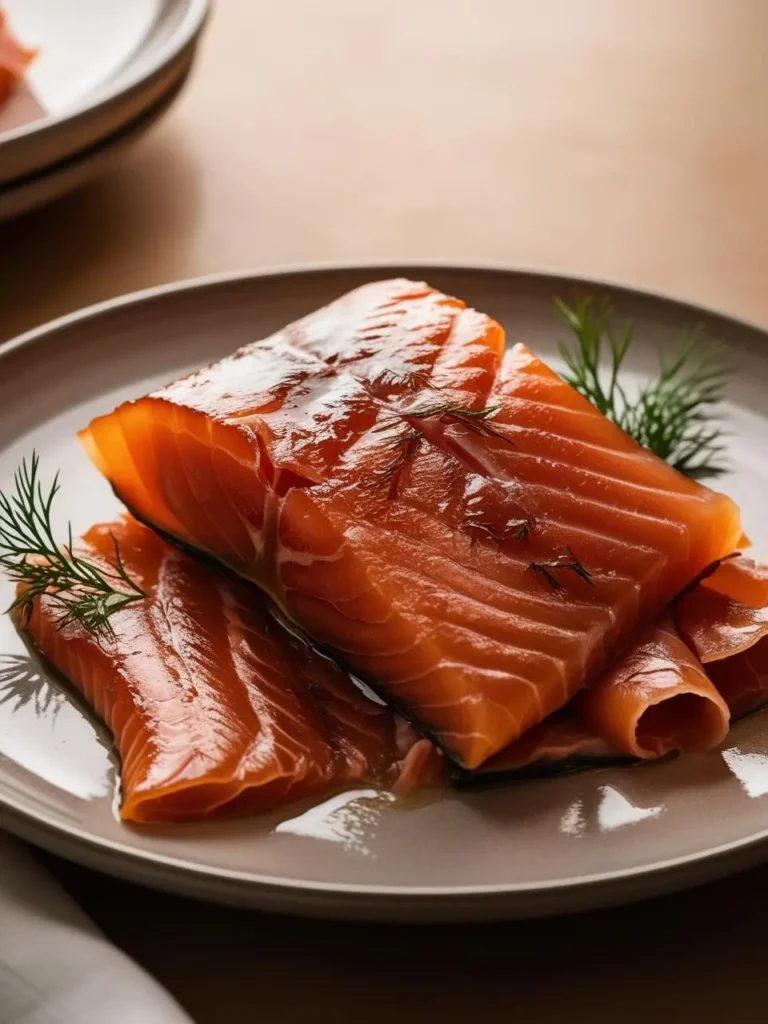
Smoked salmon is a traditional Native American dish that highlights the rich flavors of the fish. It involves preserving salmon using smoke, which enhances its taste and extends its shelf life.
Making smoked salmon is straightforward. I can create it using just a few key steps. First, I prepare the salmon by cleaning, removing the skin, and deboning it.
Next, I cure the fish using salt and sugar to enhance flavor and preserve it. After curing for several hours, I rinse the salmon and dry it.
The final step is to smoke the salmon. I can use a smoker or a grill with wood chips. I set the temperature to around 150°F (65°C) and smoke the salmon for about 2-4 hours. I know it’s done when it flakes easily.
Once it’s ready, I can enjoy the salmon on its own or use it in various recipes. Smoked salmon is versatile and can be served as an appetizer, in salads, or on bagels.
6. Wild Rice Pilaf
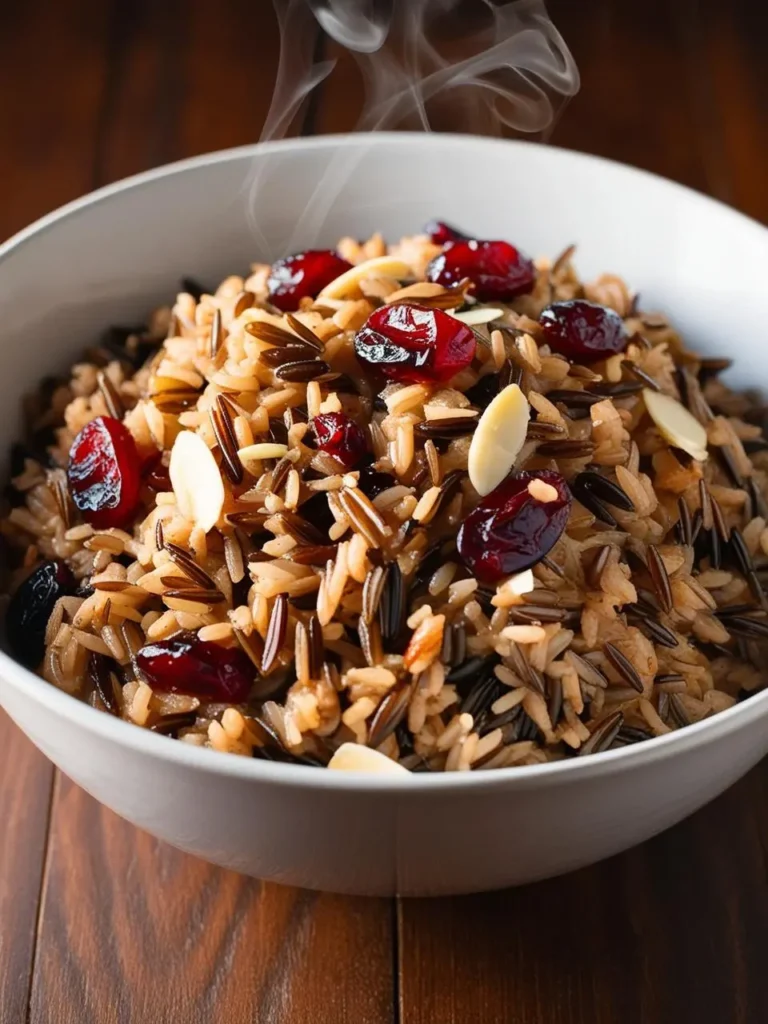
Wild rice pilaf is a nutritious dish made from wild rice, which is a whole grain and a staple in Native American cuisine. It has a nutty flavor and a chewy texture that pairs well with many ingredients.
Making wild rice pilaf is quite easy. I find that it takes about 45 minutes to prepare and cook.
To make it, I follow these simple steps:
- Rinse 1 cup of wild rice under cold water.
- In a pot, combine the rinsed rice with 3 cups of water or broth.
- Bring to a boil, then reduce heat to low, cover, and let it simmer for about 40 minutes until the grains split open.
- In a separate pan, sauté 1 chopped onion and 2 cloves of minced garlic in oil until soft.
- Add the cooked rice to the pan along with some nuts, dried fruits, or herbs for flavor.
- Stir everything together, season with salt and pepper, and serve.
This dish not only tastes great but also reflects the rich cooking traditions of Native Americans.
7. Buffalo Burgers

Buffalo burgers are a nutritious alternative to traditional beef burgers. They are made from ground buffalo meat, which has a rich flavor and is lower in fat compared to beef.
I find buffalo burgers easy to prepare. They take about 30 minutes from start to finish. Here are the basic steps I follow:
- Gather Ingredients: I need ground buffalo meat, salt, pepper, and any preferred spices or toppings.
- Form Patties: I shape the meat into patties, usually about 1/2 inch thick.
- Cook the Patties: I heat a skillet over medium heat. Then, I place the patties in the skillet and cook for 5 to 8 minutes on each side. I check for doneness with a meat thermometer, aiming for 160°F.
- Assemble the Burger: Once cooked, I add my favorite toppings like lettuce, tomato, and mustard.
Buffalo burgers provide a healthy and delicious option for any meal. They are enjoyable and easy to customize with various toppings and sides.
8. Indian Pudding
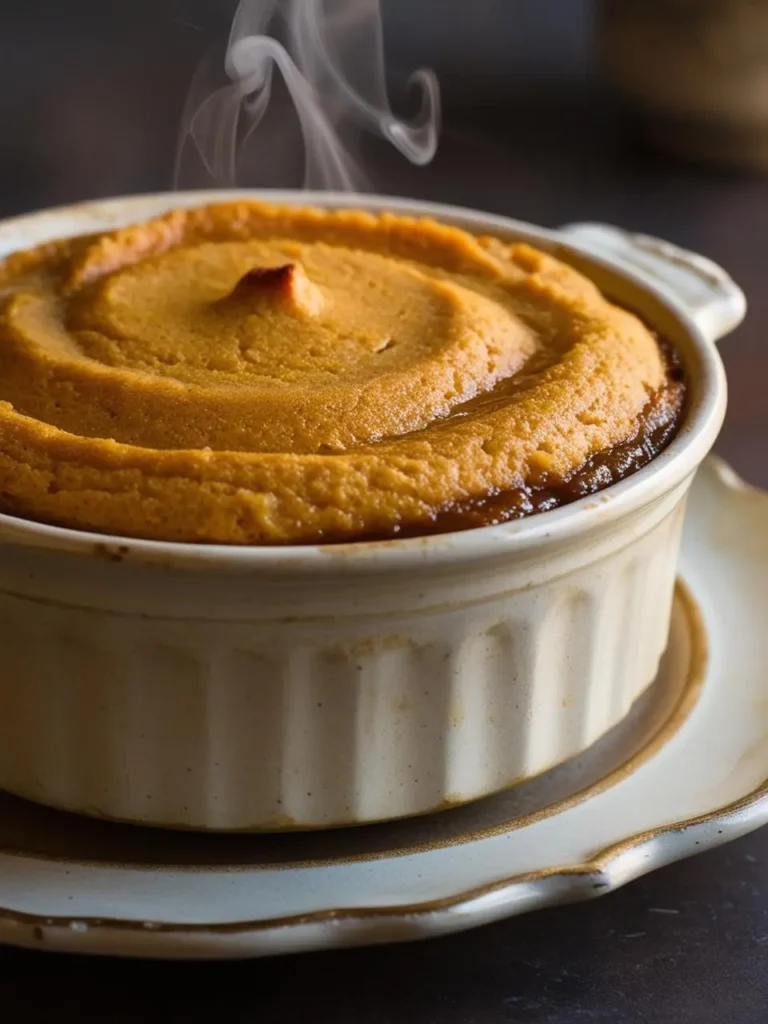
Indian pudding is a traditional Native American dish, often made with cornmeal, milk, and spices. It has a rich, creamy texture and is slightly sweetened. This dish reflects the historical use of maize in Native American cooking.
I find Indian pudding easy to make, and it requires only common ingredients. Here’s a simple way to prepare it:
- Preheat your oven to 350°F (175°C).
- In a bowl, mix 1 cup of cornmeal with 4 cups of milk.
- Add 1/2 cup of molasses, 1 teaspoon of cinnamon, and a pinch of salt.
- Pour the mixture into a greased baking dish.
- Bake for about 2 hours, stirring occasionally.
I enjoy serving it warm with vanilla ice cream or whipped cream on top. Indian pudding is a comforting dish that showcases Native American culinary traditions.
What Is the Cultural Significance of Native American Cuisine?
I explore the deep connections between Native American cuisine and culture. The food traditions reflect history and regional diversity, showing how vital they are to identity and community.
What Is the Historical Context of Native American Foods?
The history of Native American cuisine is rich and varied. Traditional foods were often tied to the land and seasons. Indigenous peoples relied on local ingredients, such as corn, beans, and squash, commonly known as the “Three Sisters.” These crops were not only staples but also represented harmony in agriculture.
Food also played a role in ceremonies and celebrations. Specific dishes were prepared for rituals, symbolizing gratitude and respect for nature. The arrival of European settlers drastically changed food practices, as new ingredients and cooking methods were introduced, influencing Indigenous diets over time.
How Do Regional Differences Influence Native American Cuisine?
Regional differences in Native American cuisine highlight unique cultural identities. For instance, coastal tribes utilized fish and shellfish, while Plains tribes relied on bison. Each area’s geography shaped the ingredients available and the cooking techniques used.
In the Southwest, ingredients like chili peppers and corn are central to dishes, reflecting the arid climate. In contrast, Northern tribes may rely on game and berries. These variations not only demonstrate adaptability but also the importance of traditional knowledge in food preparation.
Understanding these differences fosters appreciation for the rich tapestry of Native American culinary traditions.
What Are Common Ingredients in Native American Recipes?
In Native American cuisine, certain ingredients play a vital role in creating authentic flavors. Traditional staples and unique herbs and spices enhance meals, connecting people to their culture and history.
What Are the Traditional Staples of Native American Dishes?
I find that many Native American recipes are built around a few key staples. Corn, beans, and squash, known as the “Three Sisters,” are foundational ingredients. They work well together, offering balanced nutrition and flavor.
Corn is often used in various forms, like cornmeal or masa, for dishes such as tortillas and cornbread. Beans provide protein and fiber, while squash adds vitamins and other nutrients.
Other staples include wild rice, which is nutty and offers a unique texture, and game meats like venison and buffalo. Fish, particularly salmon, is also significant in many regions. These staples form the basis of numerous recipes and are celebrated for their versatility.
What Native Herbs and Spices Are Commonly Used?
I notice that herbs and spices are essential in adding layers of flavor to Native American dishes. Common herbs include cilantro and wild garlic, which enhance the freshness of many recipes.
I often use traditional spices like chili powder, which adds heat, and smoked paprika for a deep, rich flavor. Juniper berries and sumac are also popular, providing unique tanginess and aromatic qualities.
Moreover, some cultures incorporate herbal infusions for both culinary and medicinal purposes. For instance, sage is used for flavoring and purification, while sweetgrass offers a fragrant touch to dishes. These herbs and spices reflect the diverse environments and traditions of Native American communities.
What Are the Cooking Techniques and Methods in Native American Cuisine?
When exploring Native American cuisine, understanding the cooking techniques is essential. These methods reflect the relationship between the people and their environment. I’ll discuss both traditional and modern approaches to food preparation.
What Are the Traditional Cooking Methods?
Traditional Native American cooking involves methods that have been used for generations. One common technique is pit cooking. This method requires digging a hole, layering it with heated stones, adding food wrapped in leaves, and covering it with dirt.
Another significant method is smoking. Smoking helps preserve meat and fish, giving them a distinct flavor. Techniques such as roasting and boiling were also common. Roasting often occurs over an open fire, while boiling involves cooking food in water or broth over heat.
Many tribes used simple tools like wooden paddles and clay pots. Materials and methods varied by region, influenced by available resources and traditions.
How Are Modern Interpretations Shaping Native American Dishes?
Modern Native American cooking often blends traditional techniques with contemporary flavors. I see chefs drawing from their heritage while introducing new ingredients or methods.
For instance, slow cooking has become popular. It’s a take on traditional boiling, using modern appliances. Another is the creative use of smoking with different woods to enhance flavors, reflecting changes in palate preferences.
Many contemporary chefs also focus on sustainable practices. They prioritize local ingredients and traditional methods, such as foraging. This connecting of past and present allows the rich culinary history to shine through in new dishes, celebrating both heritage and modern dining.
